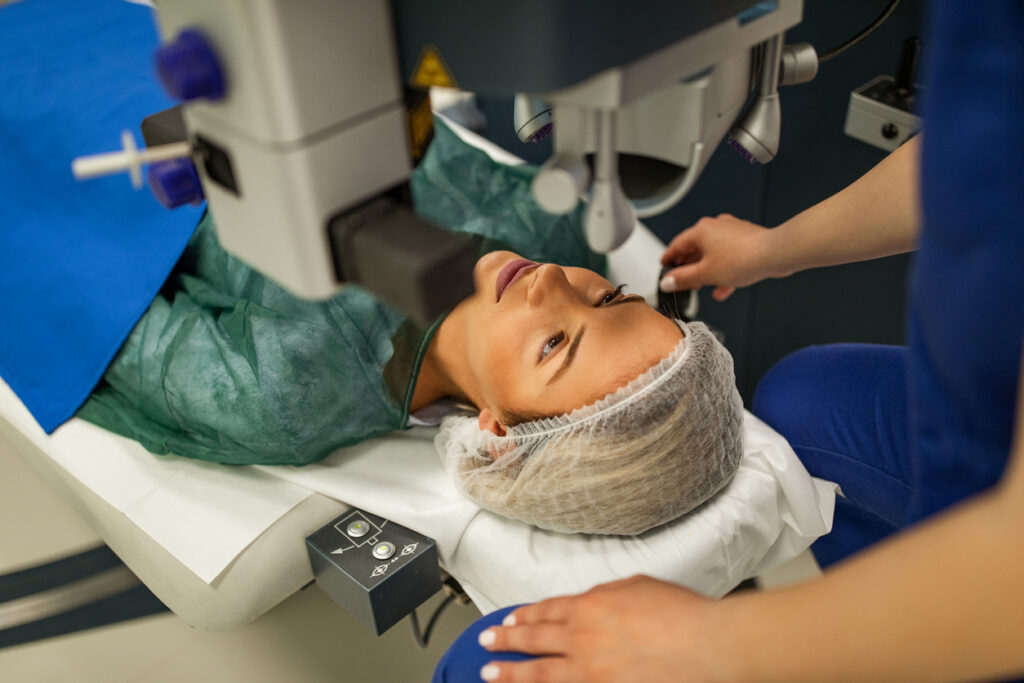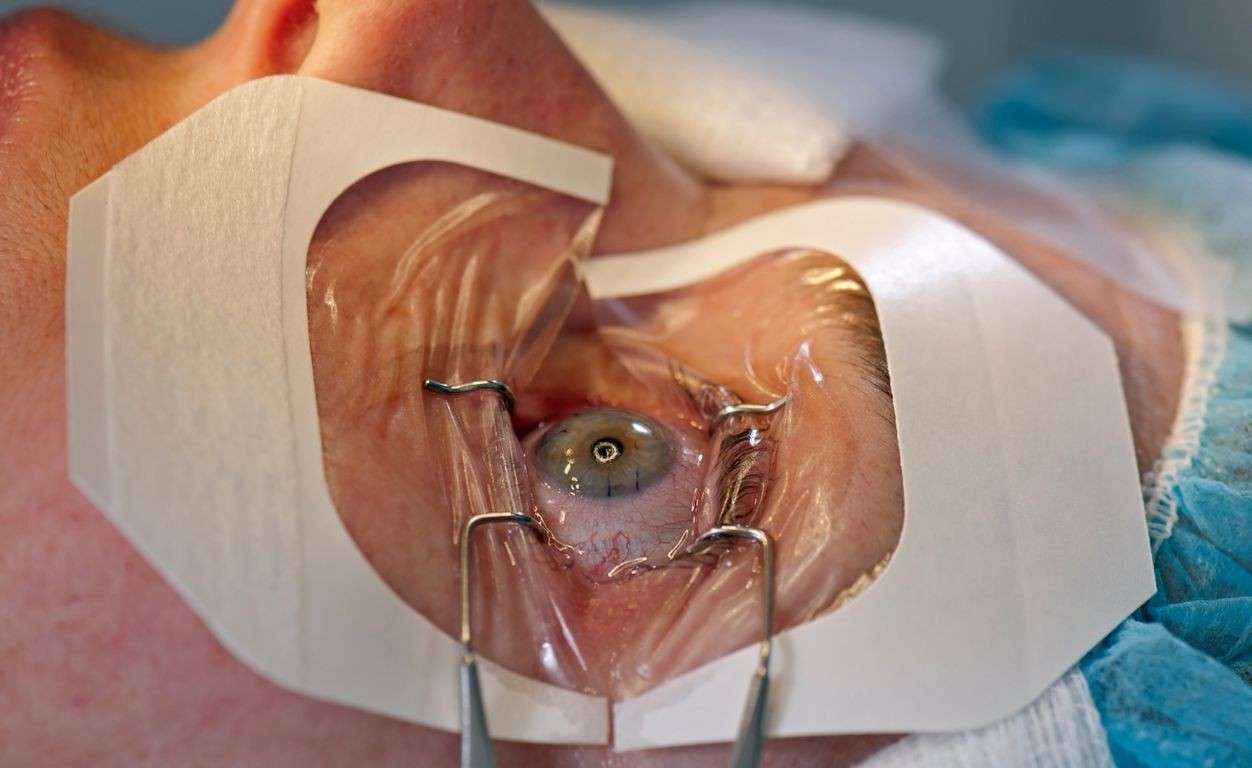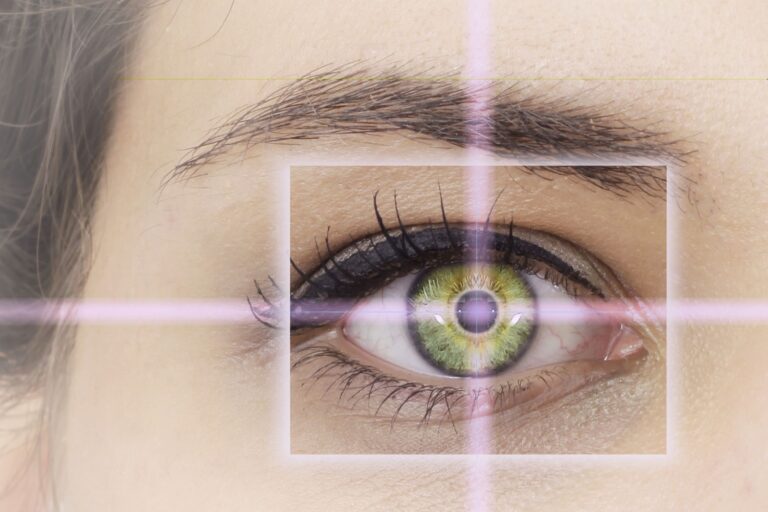What to Expect Before and After LASIK Surgery
Understanding LASIK surgery
LASIK, which stands for Laser-Assisted In Situ Keratomileusis, is a popular surgical procedure that aims to correct common vision issues such as myopia (nearsightedness), hyperopia (farsightedness), and astigmatism. As a relatively quick and painless operation, LASIK has revolutionised the field of ophthalmology, allowing millions of individuals to enjoy clearer vision without the need for glasses or contact lenses.
The procedure employs advanced technology, specifically a laser, to reshape the cornea – the front part of the eye. By altering the curvature of the cornea, LASIK enables light entering the eye to be properly focused onto the retina, resulting in sharper vision.
The science behind LASIK
The scientific foundation of LASIK revolves around the cornea’s role in focusing light rays. When light enters the eye, it should ideally be focused precisely on the retina, located at the back. In individuals with refractive errors, light rays may converge either in front of or behind the retina, leading to blurry vision.
Preparing for LASIK surgery is an integral part of ensuring a successful outcome. The process begins with understanding what to expect and taking necessary precautions ahead of time to ensure that your eyes are in optimal condition for the operation.
During the LASIK procedure, a microkeratome or femtosecond laser is used to create a thin flap on the corneal surface. Once the flap is lifted, an excimer laser reshapes the underlying corneal tissue by removing tiny amounts of the cornea with precision. After this reshaping, the flap is repositioned, effectively allowing the cornea to heal itself. This process is generally swift and can correct a range of vision impairments in mere minutes, all while being performed on an outpatient basis.

Who is a suitable candidate for LASIK?
Not everyone is a suitable candidate for LASIK surgery. Ideal patients typically fall within a certain age range, generally being at least 18 years old, and have had stable vision for at least one year prior to the procedure. Additionally, individuals should not have any underlying eye conditions, such as glaucoma or cataracts, and should possess sufficient corneal thickness necessary for the surgery.
Furthermore, people with certain medical conditions, particularly autoimmune disorders or those that affect healing, may also be deemed unsuitable candidates. It is essential for potential candidates to undergo a comprehensive evaluation by an eye specialist to determine their eligibility for the procedure. This evaluation often includes a detailed assessment of the patient’s overall eye health, vision history, and lifestyle considerations, ensuring that LASIK is the most appropriate option for their needs.
Moreover, the psychological readiness of the patient plays a crucial role in the success of LASIK surgery. Candidates should have realistic expectations about the outcomes of the procedure, as while many achieve 20/25 vision or better, results can vary. Post-operative care and adherence to the surgeon’s instructions are vital for optimal recovery and long-term satisfaction. Thus, engaging in thorough discussions with the surgeon about potential risks and benefits is essential for anyone considering this transformative procedure.
Preparing for LASIK surgery
Initial consultations and eye examinations
Initial consultations typically involve a thorough evaluation of your eye health and vision history. An ophthalmologist will conduct a series of tests, including measuring your corneal thickness, mapping the surface of your cornea, and assessing your prescription. These examinations help to establish whether LASIK is the right choice for you.
During these consultations, doctors will also discuss the benefits and risks associated with LASIK. Additionally, they will answer any questions you may have, which helps in alleviating any anxieties before the surgery. Understanding the potential outcomes and what to anticipate can greatly improve your confidence in the procedure. It is also crucial to disclose any medications you are currently taking, as some may need to be paused prior to the surgery to avoid complications. Furthermore, if you have any pre-existing conditions such as dry eye syndrome or autoimmune disorders, these should be thoroughly discussed, as they may influence the surgical approach or recovery process.
What to do on the day of your surgery
When the day of your LASIK surgery arrives, it’s essential to have a plan in place. Firstly, arrange for transportation, as you will not be able to drive yourself home following the procedure due to the effects of the anaesthetic eye drops used during the surgery.
It’s advisable to wear comfortable clothing and bring any necessary items, such as sunglasses to shield your eyes from bright light afterward. Avoid wearing cosmetics, lotions, or perfumes, as these products can irritate your eyes during the procedure. On the day of surgery, it is also beneficial to have a light meal beforehand, as you may feel more at ease if your stomach is settled. Additionally, consider bringing along a book or some music to help calm your nerves while you wait, as the anticipation can sometimes lead to heightened anxiety. Being mentally prepared and relaxed can significantly contribute to a smoother surgical experience. Find more about anxiety on https://uhs.umich.edu/anxietypanic
The LASIK surgery procedure
The LASIK surgery itself is a streamlined process that usually lasts less than 30 minutes. Most of this time is spent preparing the patient and ensuring that everything is in place for the operation.
Step-by-step guide to the surgery
The initial step involves the administration of anaesthetic eye drops to ensure the patient’s comfort. After the anaesthesia takes effect, the surgeon will create the corneal flap using either a microkeratome or a femtosecond laser. Once the flap has been created, it is carefully lifted to grant access to the underlying corneal tissue.
The excimer laser is then employed to reshape the cornea based on the specific vision correction prescribed for the patient. This process is guided by a computer system that tracks the movements of the eye to achieve precision. Once the laser treatment is completed, the corneal flap is repositioned without the need for stitches. The patient is then encouraged to rest for a brief period before being permitted to leave.
It is worth noting that the entire procedure is performed while the patient is awake, although they may feel a slight pressure during the flap creation and laser application. Many patients report that the experience is much less daunting than they initially anticipated, often describing it as a quick and relatively painless journey to improved vision. Post-operative care is also an essential component, as patients are typically provided with specific instructions and follow-up appointments to monitor their recovery and ensure optimal healing.
The role of the surgeon during the procedure
The surgeon’s role in LASIK surgery is multifaceted and involves close attention to detail, particularly during the laser treatment. Highly trained and experienced ophthalmologists monitor every aspect of the procedure, ensuring that the patient remains comfortable and that the surgery proceeds as planned.
The surgeon actively communicates with the patient throughout the process, providing reassurance and guidance. Their expertise is crucial in optimising the procedure to achieve the best possible outcome for each individual. Moreover, the surgeon must also be adept at troubleshooting any unexpected issues that may arise during the surgery, such as fluctuations in eye movement or equipment malfunctions. This level of skill and adaptability is what distinguishes a proficient LASIK surgeon and contributes significantly to the overall success of the procedure.
Post-LASIK surgery: The immediate aftermath
Following LASIK surgery, patients often experience a wide range of sensations, and understanding what to expect can be beneficial for a smoother recovery.
What happens directly after surgery?
Immediately after surgery, many patients report seeing clearly, although it may take time for vision to stabilise fully. Blurred or hazy vision is common in the initial hours as the eyes adjust to their new shape. It is essential to follow your surgeon’s post-operative instructions closely, which may include using prescribed eye drops to prevent infection and reduce inflammation. To learn more about inflammation click here.
Patients should rest their eyes and avoid straining them, especially during the first few days post-surgery. Most find that their vision improves significantly within the first 24 to 48 hours. During this critical period, it can be helpful to engage in relaxing activities that do not require intense focus, such as listening to music or audiobooks, allowing the eyes to recuperate without undue stress.
Immediate side effects and how to manage them
Common immediate side effects can include dryness, a sensation of grittiness in the eyes, or glare from lights, especially at night. These symptoms are typically temporary and should subside with proper care.
To manage these side effects, it is advisable to use lubricating eye drops as recommended by your surgeon. Staying hydrated and avoiding environments that may irritate your eyes are also crucial in aiding the recovery process. Additionally, wearing sunglasses outdoors can help shield your eyes from bright light and wind, which can exacerbate discomfort. It is also wise to avoid swimming pools, hot tubs, and saunas for at least a couple of weeks post-surgery, as these environments can introduce bacteria and increase the risk of infection.
Furthermore, some patients may experience fluctuations in their vision during the healing process, which can be disconcerting. It is important to remember that these variations are part of the adjustment period as the cornea heals and reshapes itself. Keeping a journal of your visual experiences can be beneficial, as it allows you to track improvements and discuss any concerns with your surgeon during follow-up appointments. This proactive approach not only aids in managing expectations but also fosters a sense of involvement in your own recovery journey.

Long-term recovery and results
The healing process and timeline
- Potential complications and how to address them
Read more at: The Benefits of Eye Surgery LASIK for Vision Correction


